Wet wipes material is the priority we usually see on the label when buying, especially for babies. Although there are many types of wet wipes made from different materials on the market, it isn’t still being determined that all of those materials are safe for health when used. Therefore, the following article has summarized the primary materials in wet wipes, and some of them shouldn’t be used to ensure safety for the health of you and your family.
Read more: 10 Best Wet Wipes With Good Price for Baby & Adult Health
Wet wipes are widely used in daily life such as baby hygiene, cleaning objects, makeup removal,… But few people know clearly what materials and ingredients are actually made up of wet wipes. Therefore, we have compiled all the information below, let’s explore:
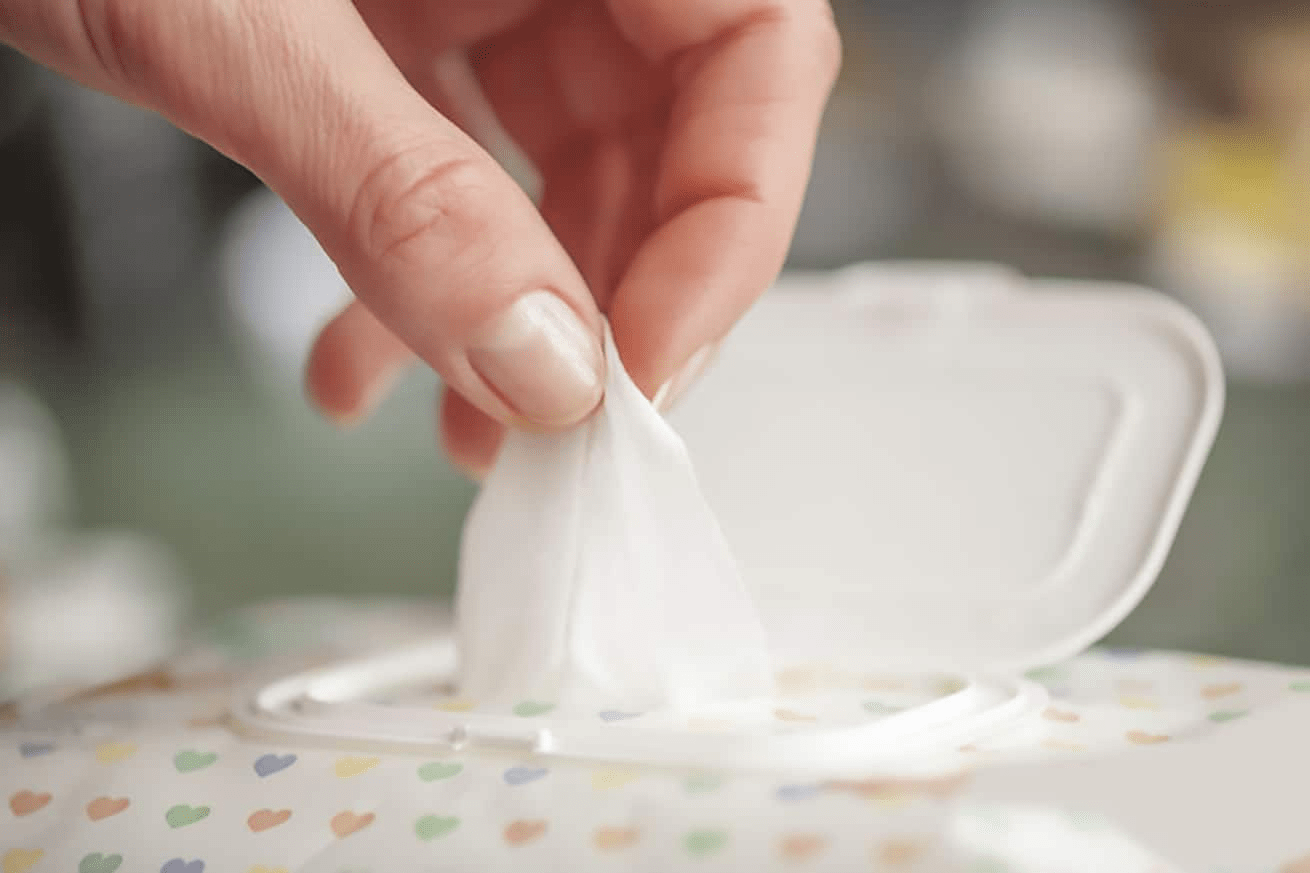
Wet wipes are made up from various materials
Discover now: Wet facial tissues | Benefits & Tips to choose the right one for skin
Raw materials used to manufacture wet wipes can vary in price depending on the suppliers and the needed quantity. However, below is a list of typical prices for wet wipes materials:
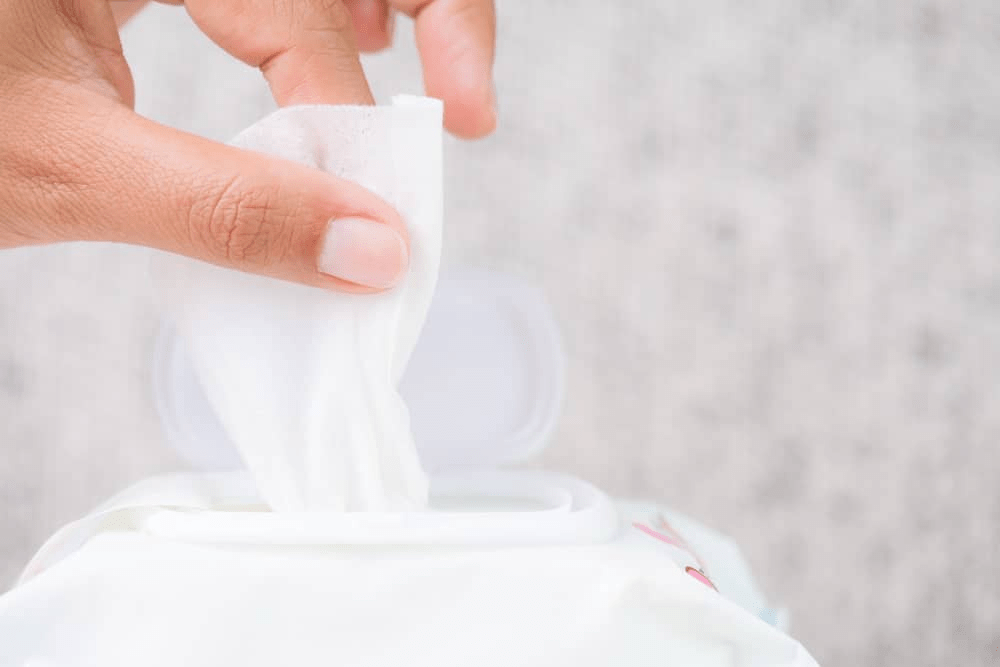
Price of wet wipes material can be different depend on suppliers and quantity
If you need to know the exact price of wet wipes materials to calculate the cost of a unit of wet wipes, contact DHTI immediately for more details through the information below.
Find out more: Wet wipes manufacturing cost | Price of each machine
The mixing ratio of nonwovens depends on the intended use of the wet wipes, the purchasing power of consumers, and the market penetration of the product. Below, we’ve put together some recommendations:
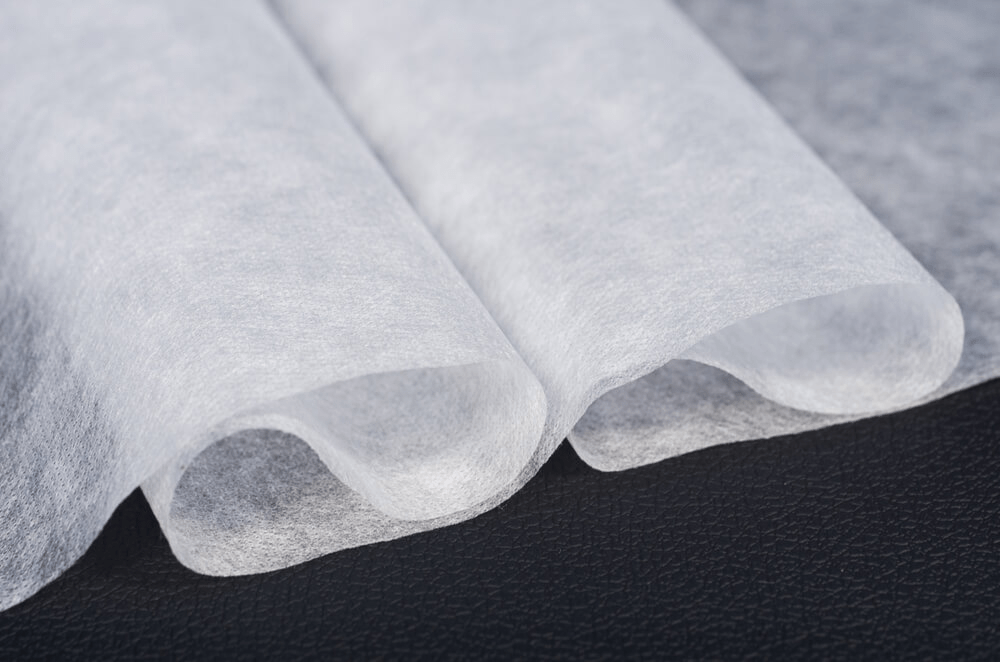
Spunlace nonwoven blend ratio depends on intended use of wet wipes
Learn more about: Private label wipes manufacturer – “Make your own wet wipes” solution
Water is the main ingredient in wet wipes accounting for more than 90% with the main function of dissolving other ingredients, keeping moisture and assisting in cleaning. The water in the wet wipes must be pure water, which has been free of impurities and harmful bacteria. Currently, manufacturers often use modern filtration technologies to filter out impurities, metals, bacteria such as RO (reverse osmosis), EDI (Electrodeionization),…
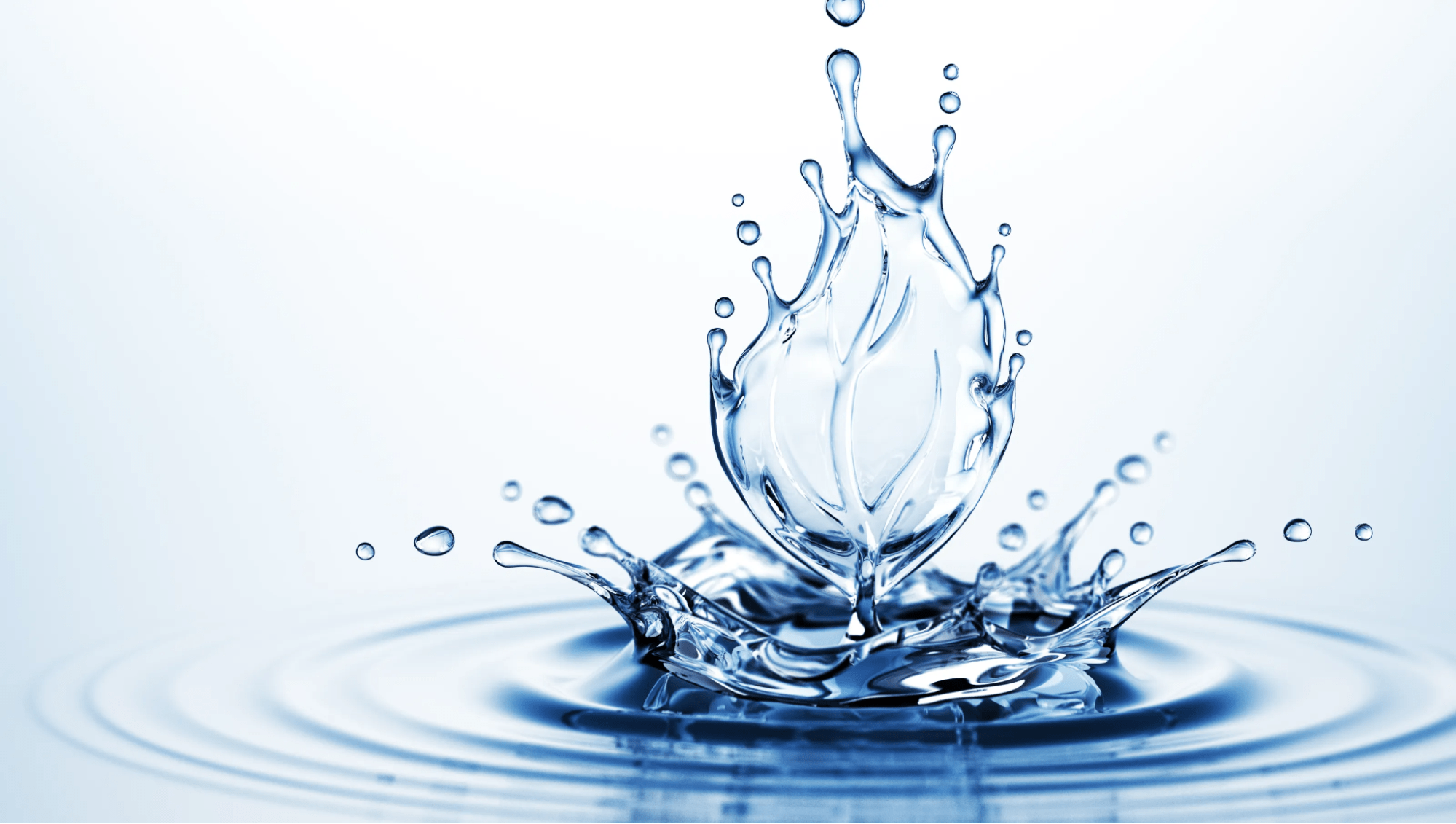
Water in wet wipes must be pure, free of impurities and harmful bacterias
Another major wet wipes material is preservatives, which are added to prevent and remove dirt fungi and harmful microorganisms, thereby extending shelf life and quality. However, not all preservatives are safe and non-toxic. Many studies show that some preservatives can be harmful to health and irritate the skin, especially the sensitive skin of babies.
Therefore, customers need to be aware to avoid buying wet wipes containing harmful preservatives. At the same time, wet wipe manufacturers need to be extra vigilant in choosing mild preservatives that can reduce sensitivity or potential irritation on human skin while preventing product contamination.

It’s better to use wet wipes which don’t contain preservatives
Below is a list of preservatives approved for use by the European Union (EU). Manufacturers can refer to the selection of preservatives used in wet wipes to ensure their safety:
Some preservatives are still controversial about their antibacterial effects and their safety to human health, including:
Read more: Wet wipes production: 6 steps Complete Wet Wipes of DHTI
Surfactants are molecules in the formulation with a cleansing effect. The role of surfactants is to lower the surface tension of water and make it easier to remove dirt or grease from the skin. However, if the concentration of surfactant is too high – exceeding 1%, it can be dangerous to the skin. Here are some common surfactants used in wet wipes
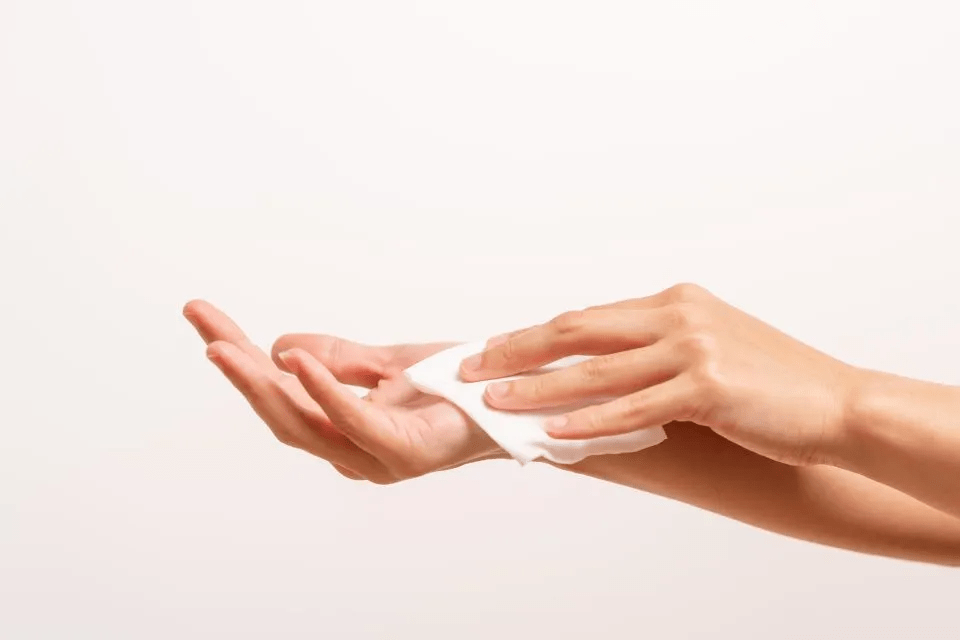
It’s advisable to use wet wipes containing non-ionic surfactants without damaging liquids on the skin
PH adjusters are used in wet wipes to prevent the growth of harmful bacteria. The PH level is between 4.5 – 5.5 which is close to healthy skin. Commonly used PH adjusters include Citric Acid or Sodium Citrate.
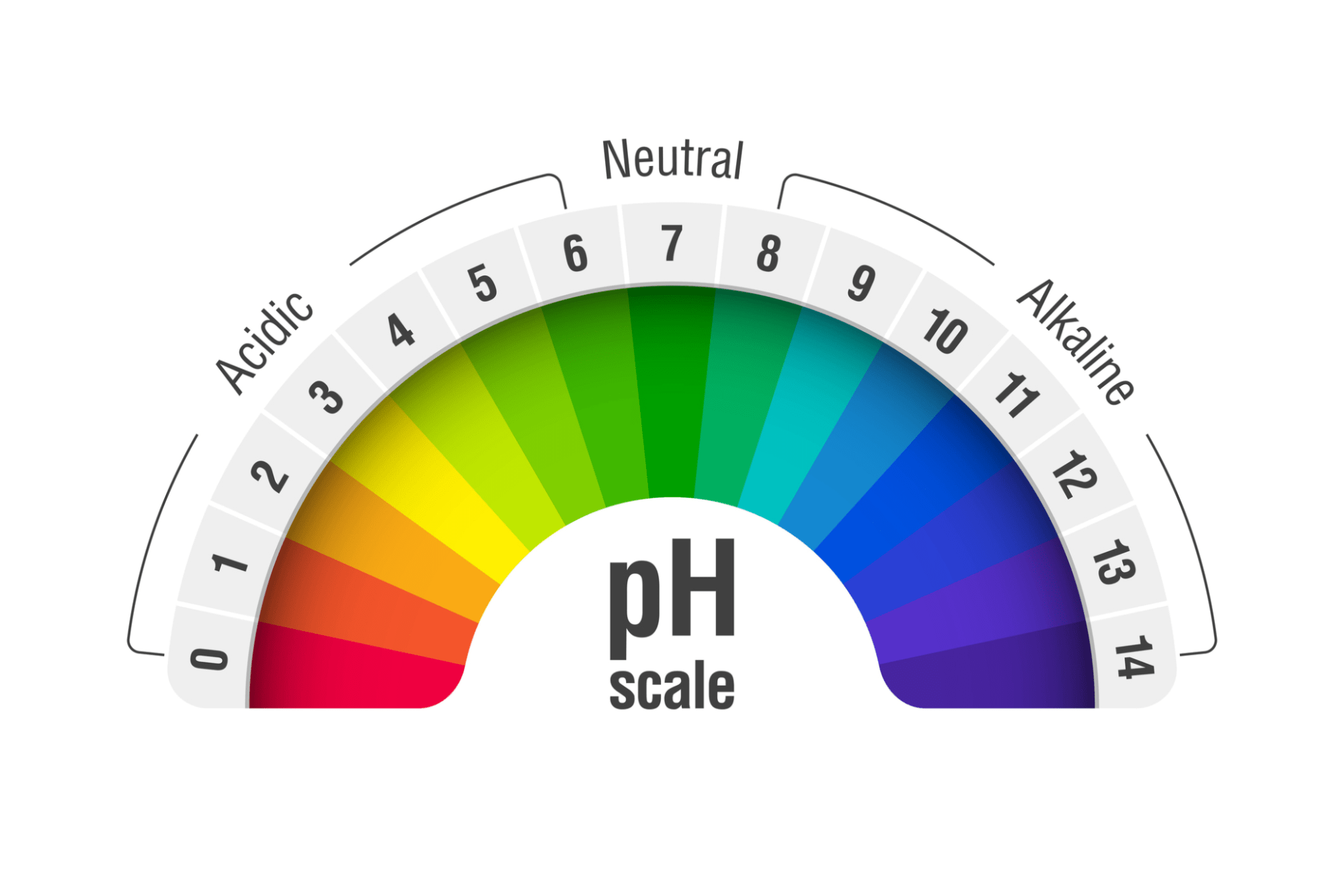
PH adjusters should be in safe range to both prevent bacterias and be benign to the skin
Humectants are usually used such as propylene glycol and glycerine to moisturize the skin. Humectants are commonly found in skin care products such as makeup removers, hand wipes, or baby wet wipes.
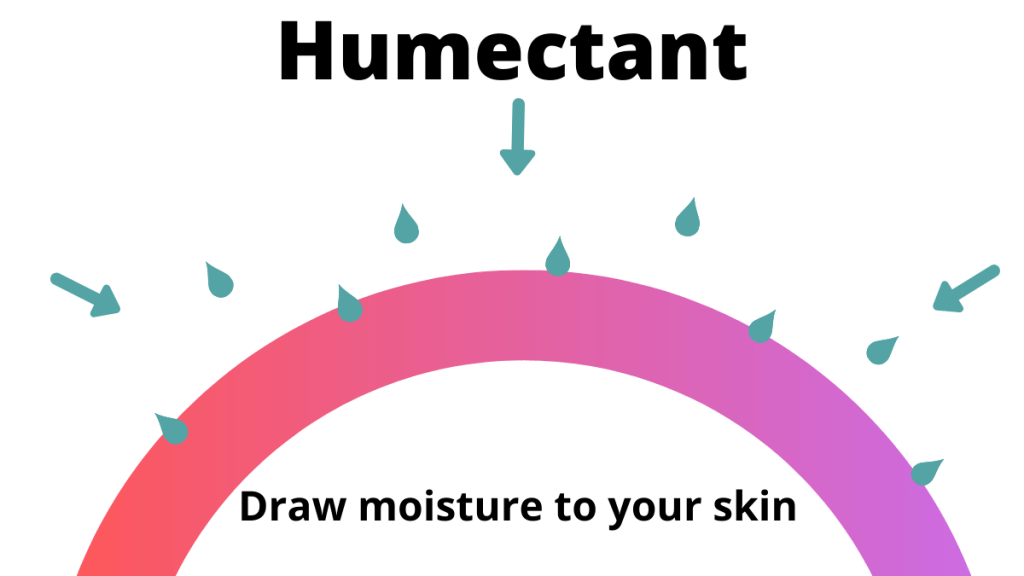
Humectants work as moisturizer help smoothen the skin
See more: Alcohol wet tissue – Best rated antibacterial wipe & All you need to know
Fragrances are added in order to make a pleasant scent. They can also help remove body odor or mask the unwanted scent of other ingredients. However, fragrance is also considered an allergen so fragrance-free wet wipes have become popular with consumers in recent years.

Using fragrance-free wet wipes to avoid irritating the skin
Fragrances are extracted from safe ingredients that can be added including Aloe Vera, Grapefruit Seed Extract, Chamomilla Recutita and Vitamin E derivatives.
Hopefully through the above article you have learned more information about wet wipes material as well as the ingredients that should be avoided when buying wet wipes to ensure safety when using, especially for babies. If you have any further questions, please contact us for advice.
Related posts: